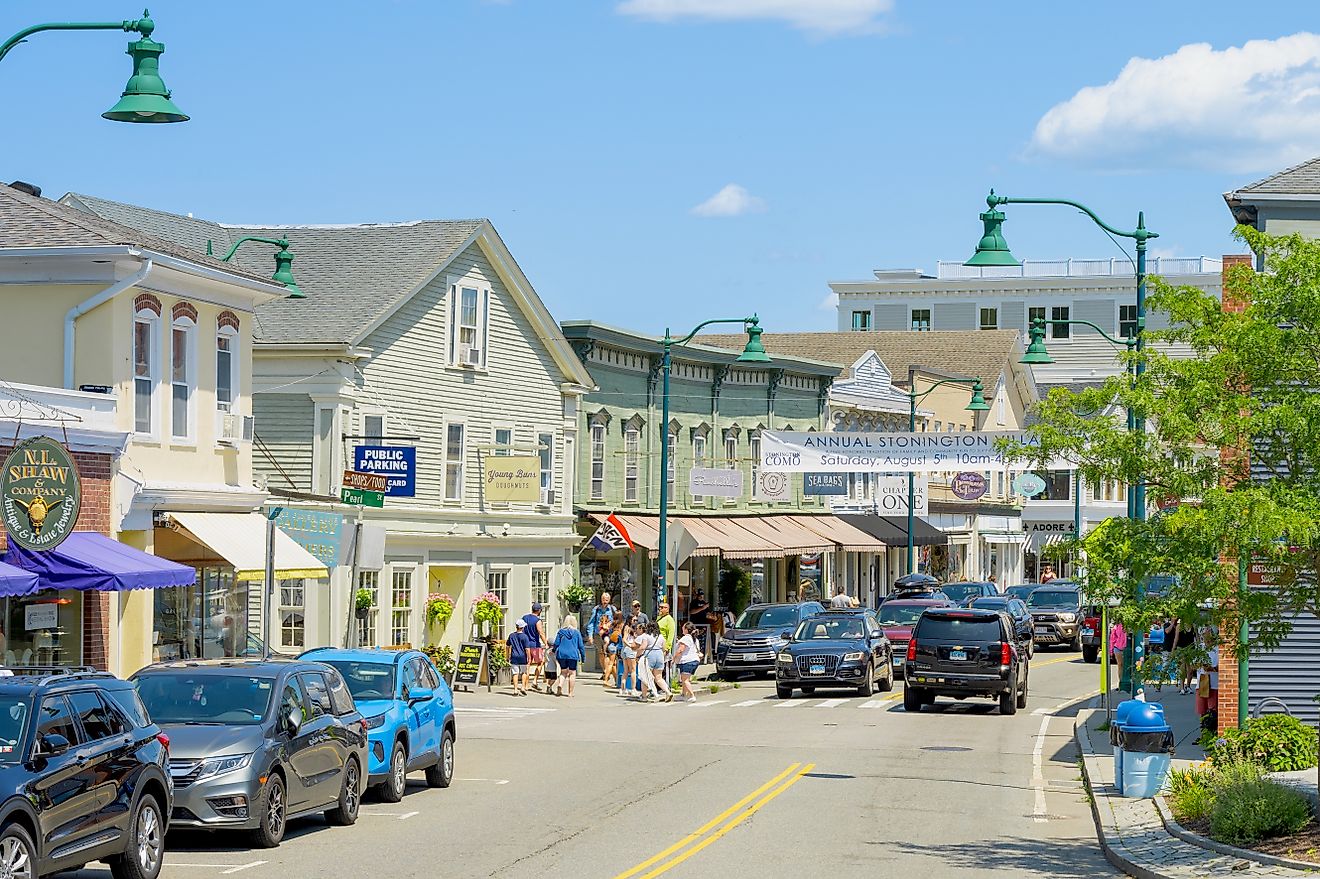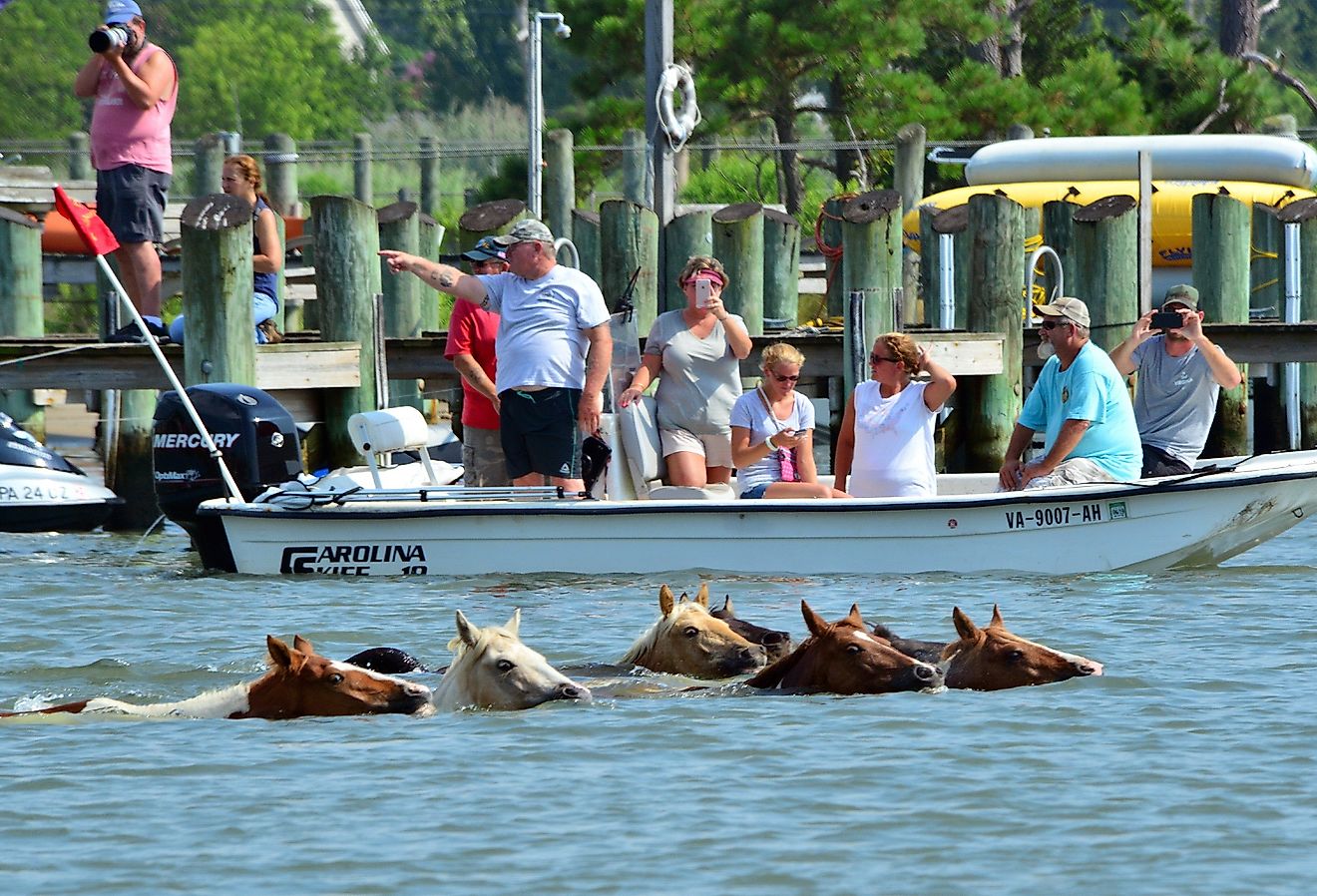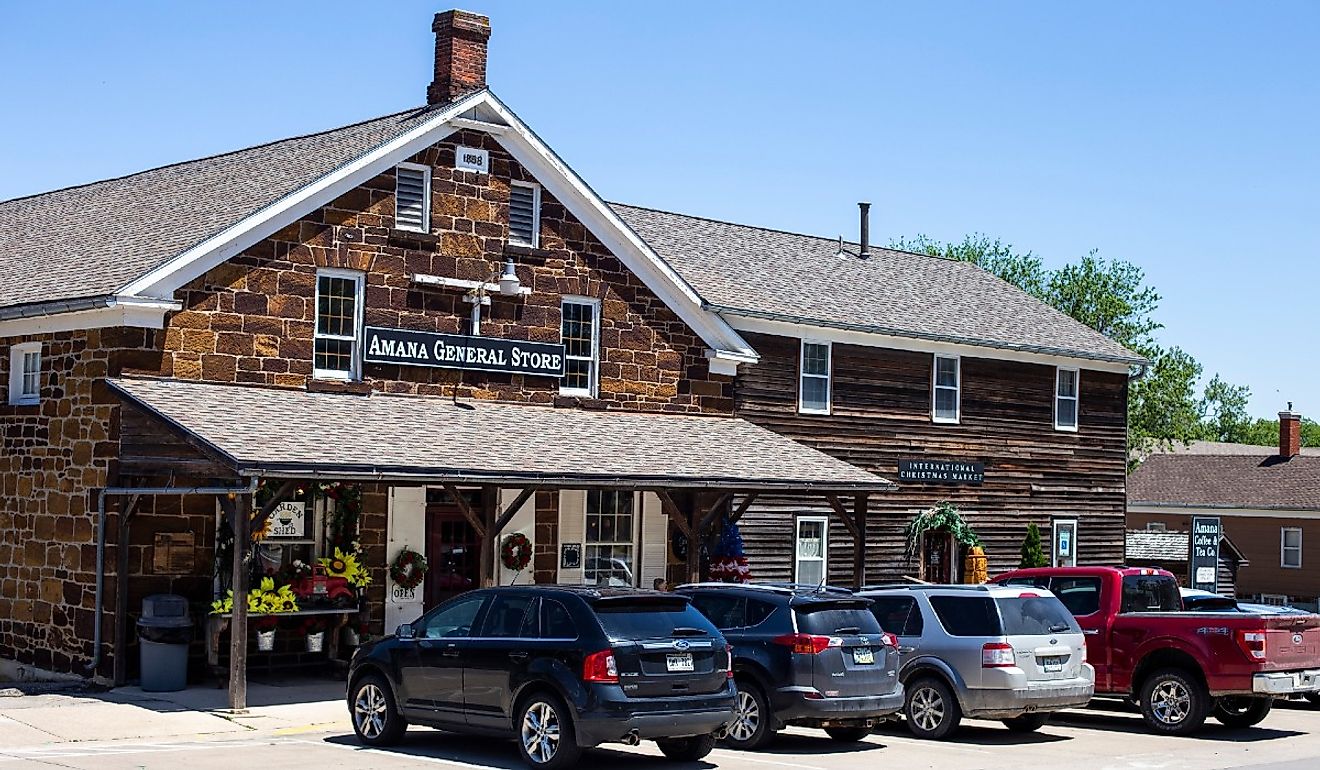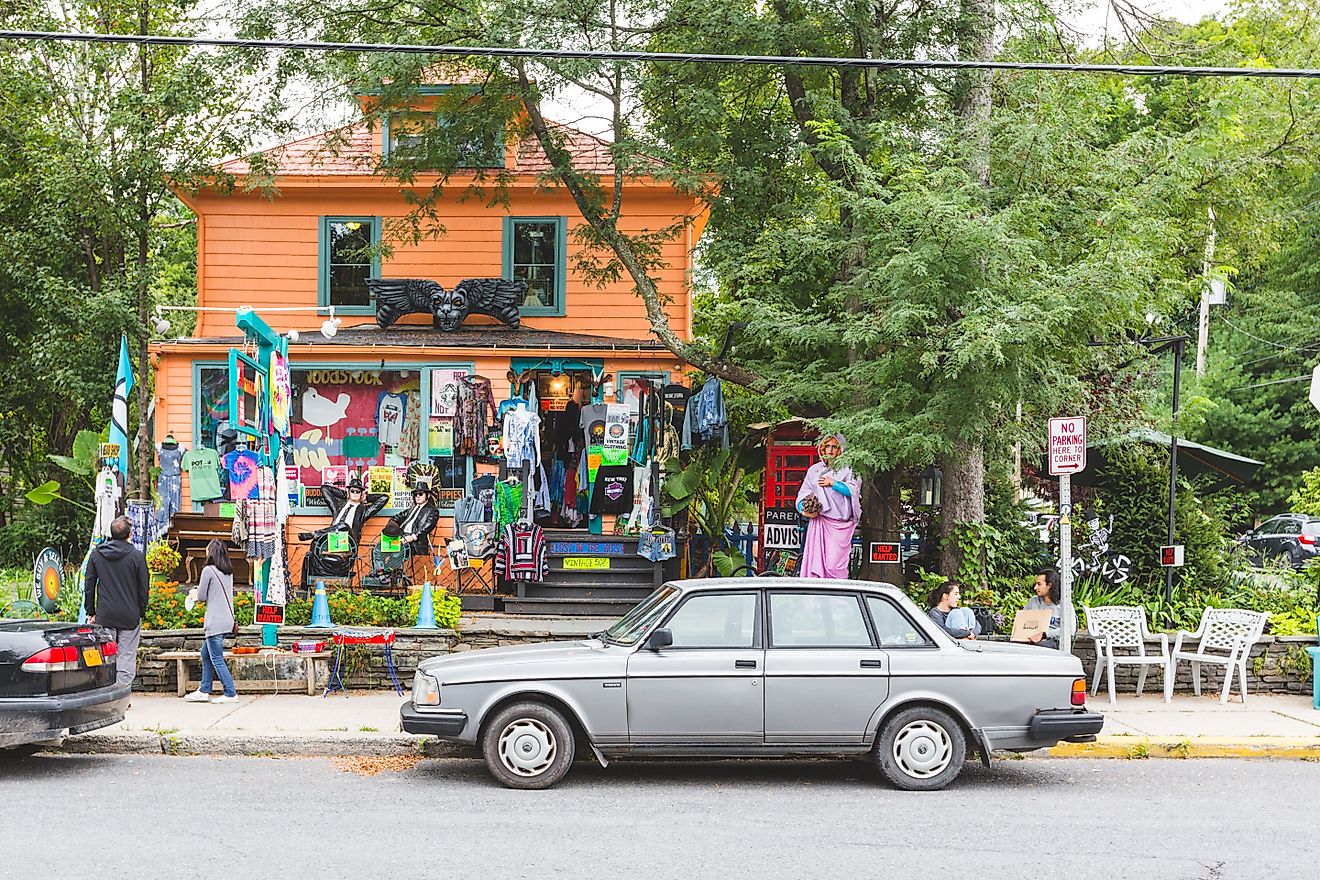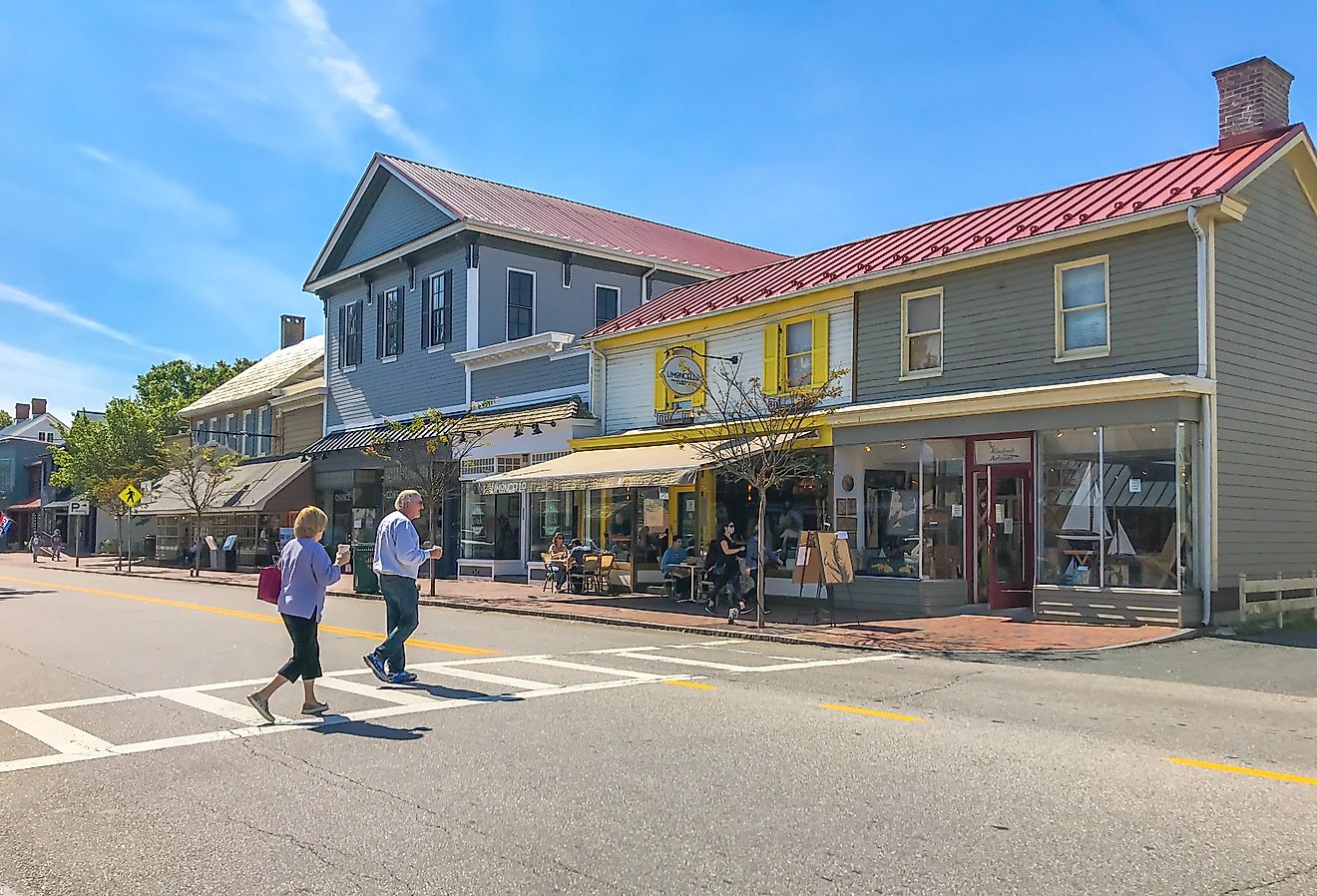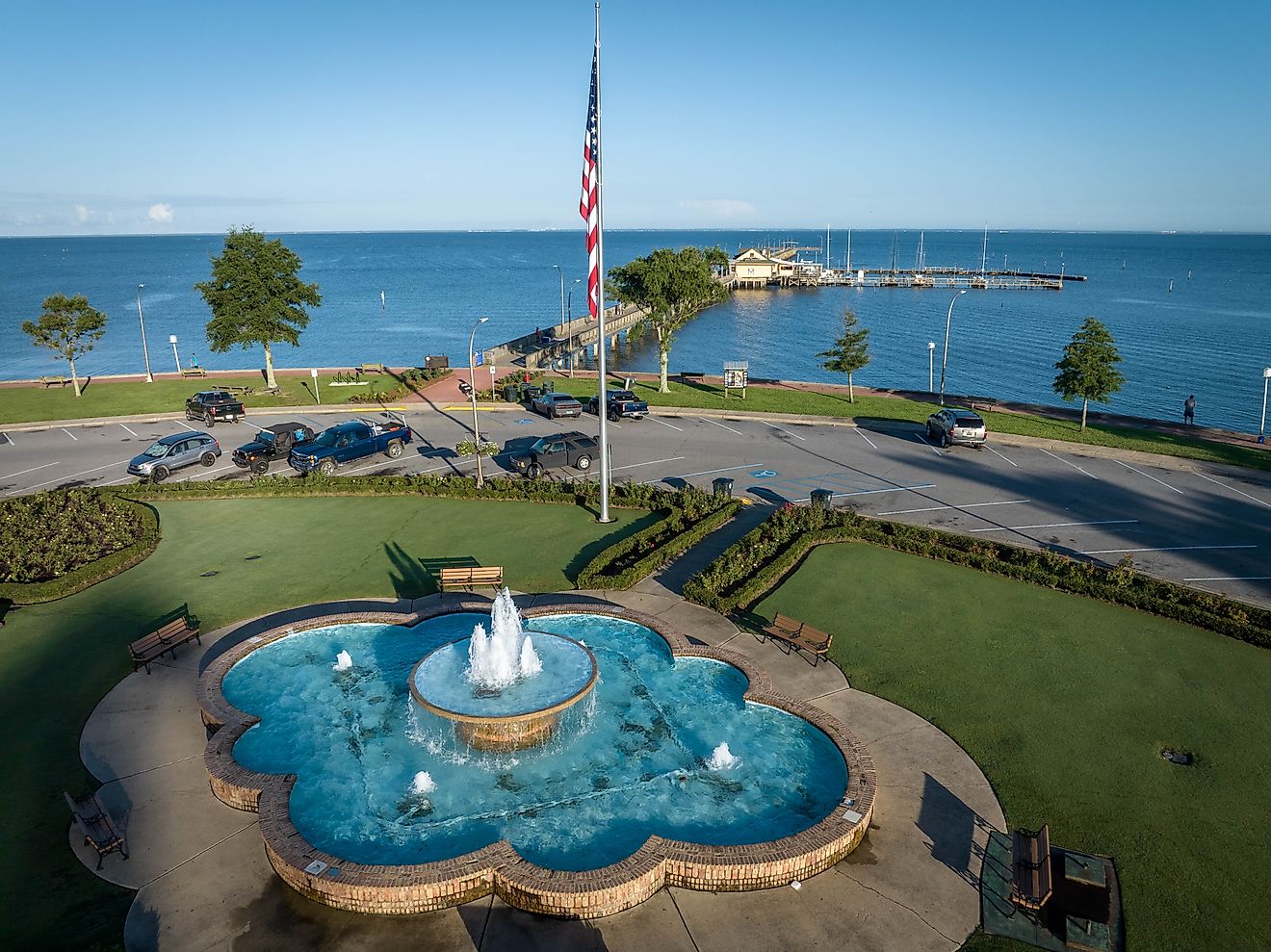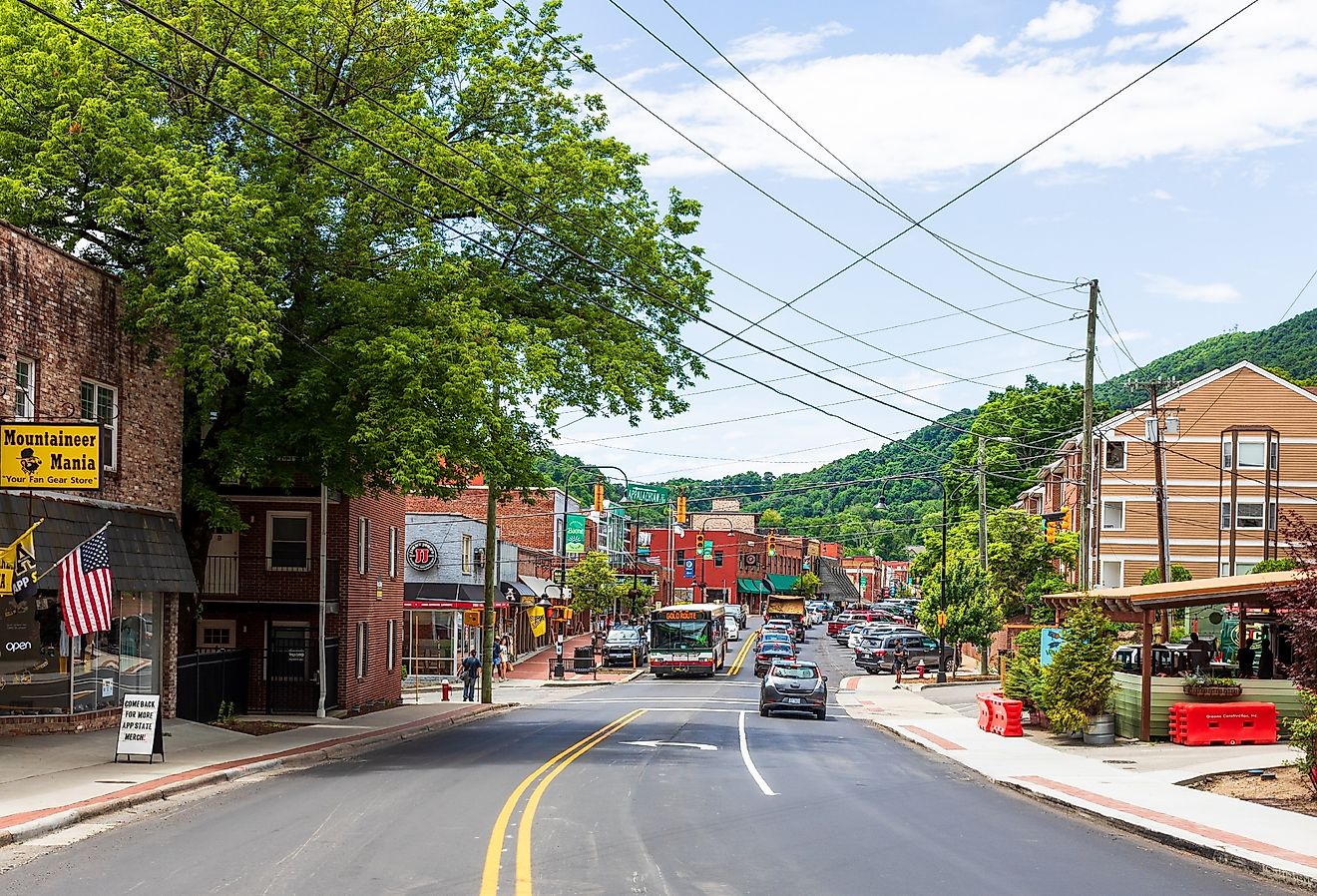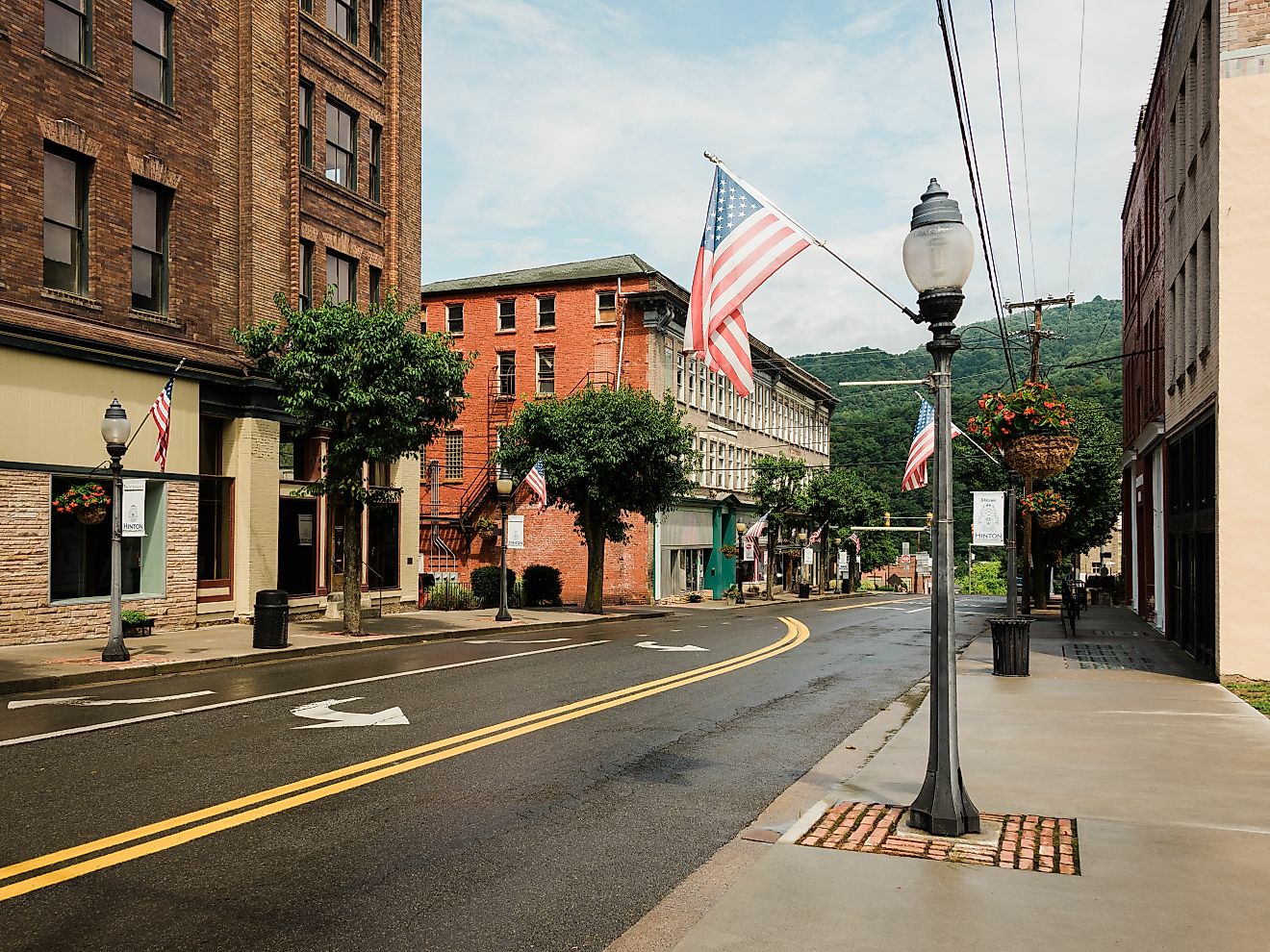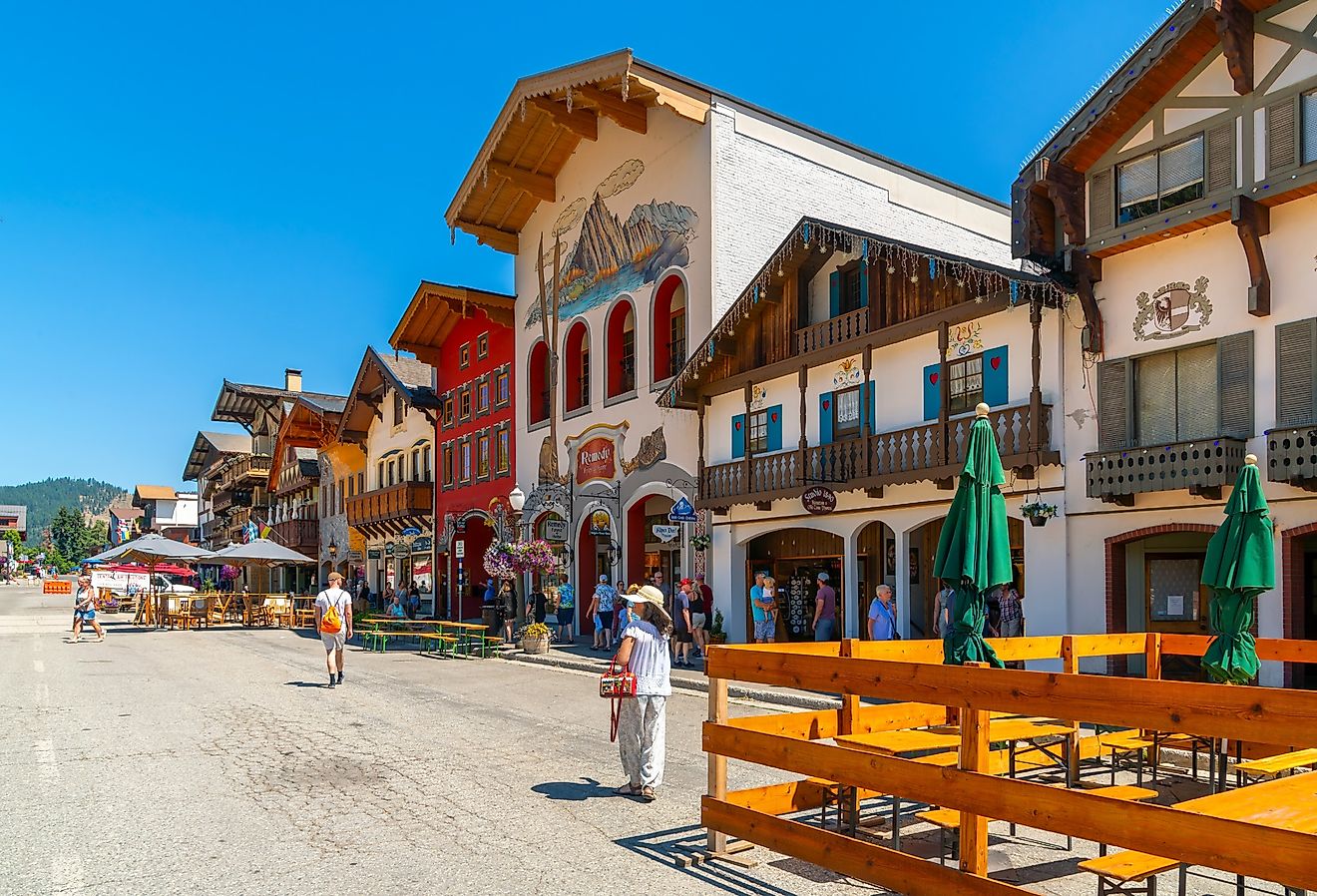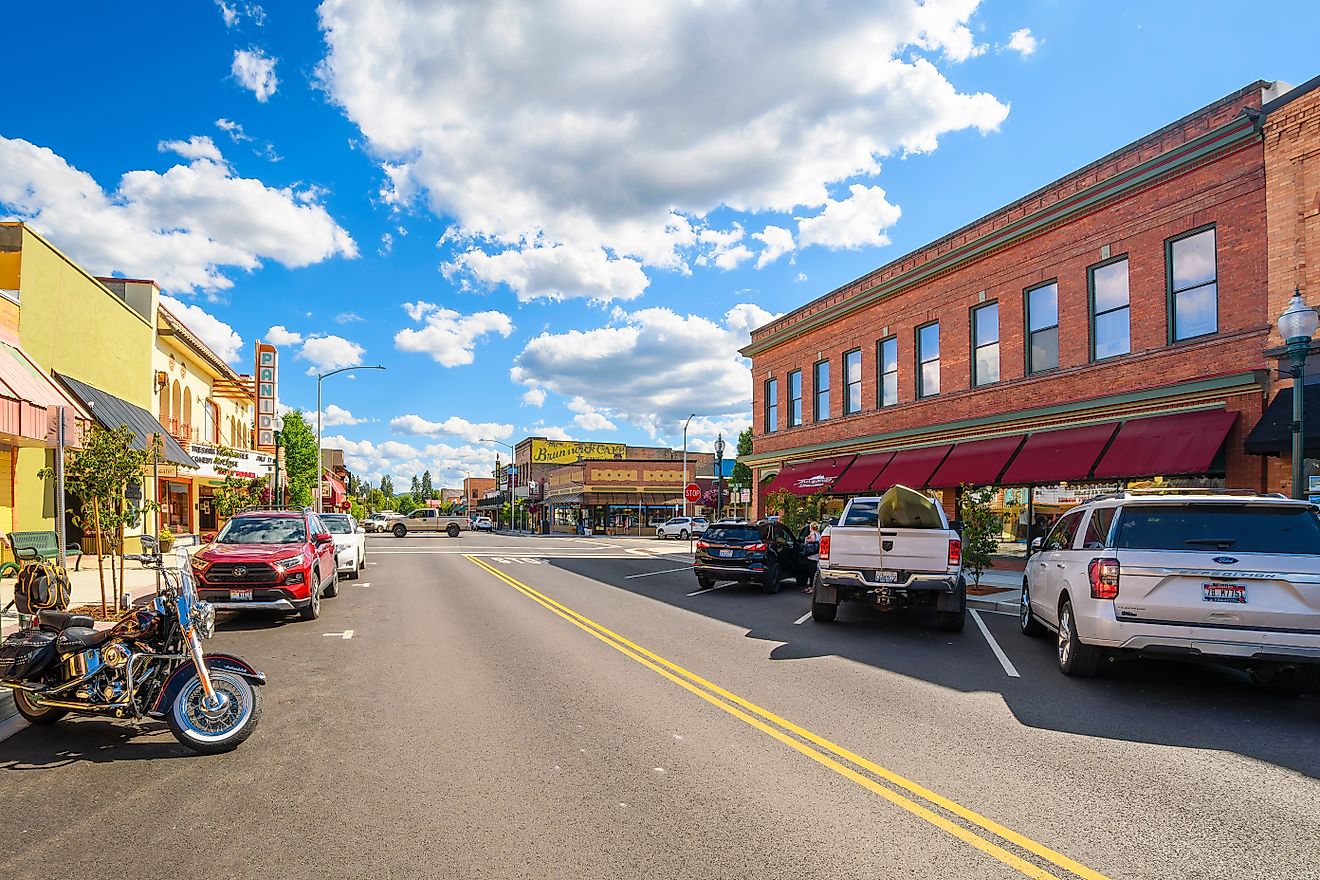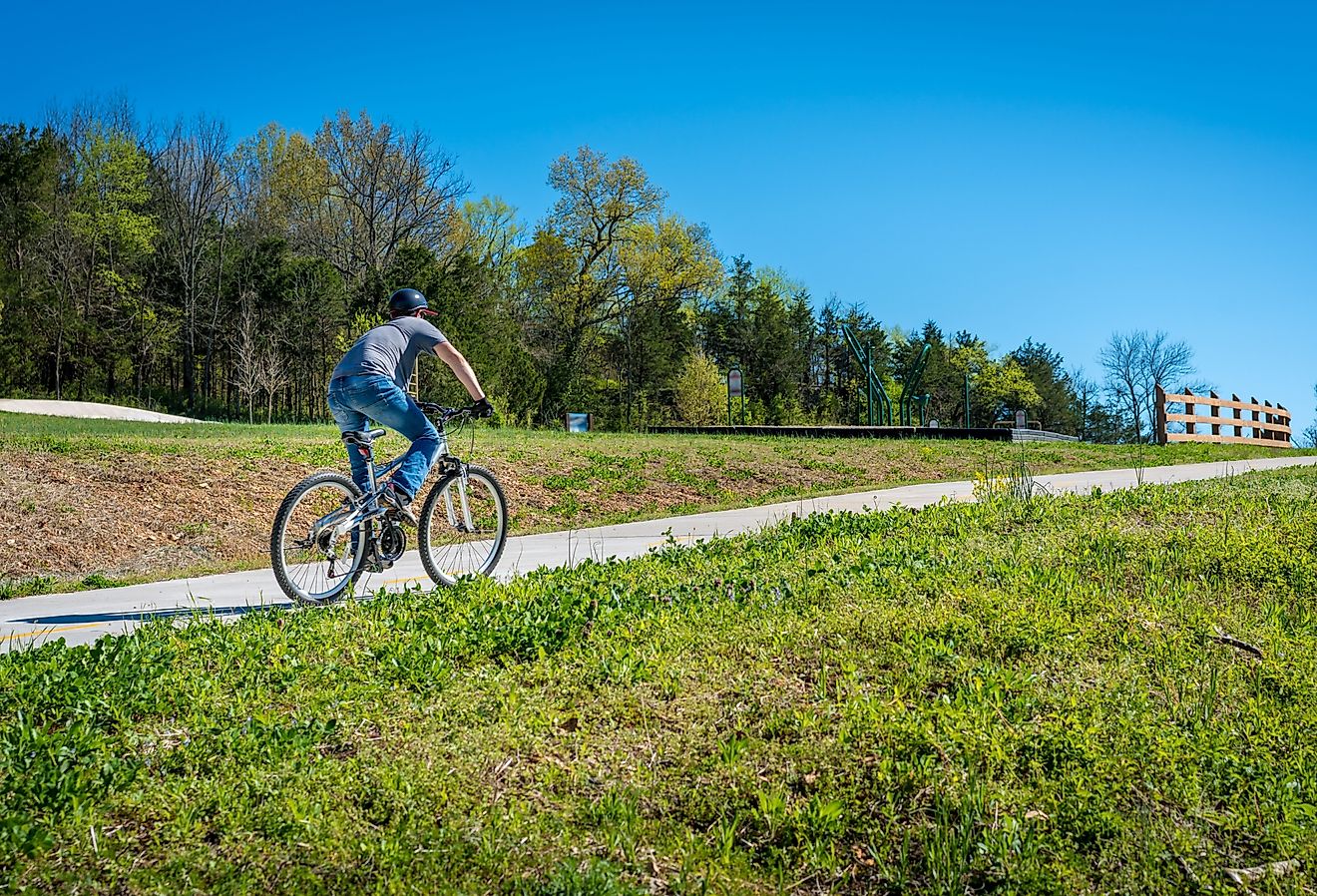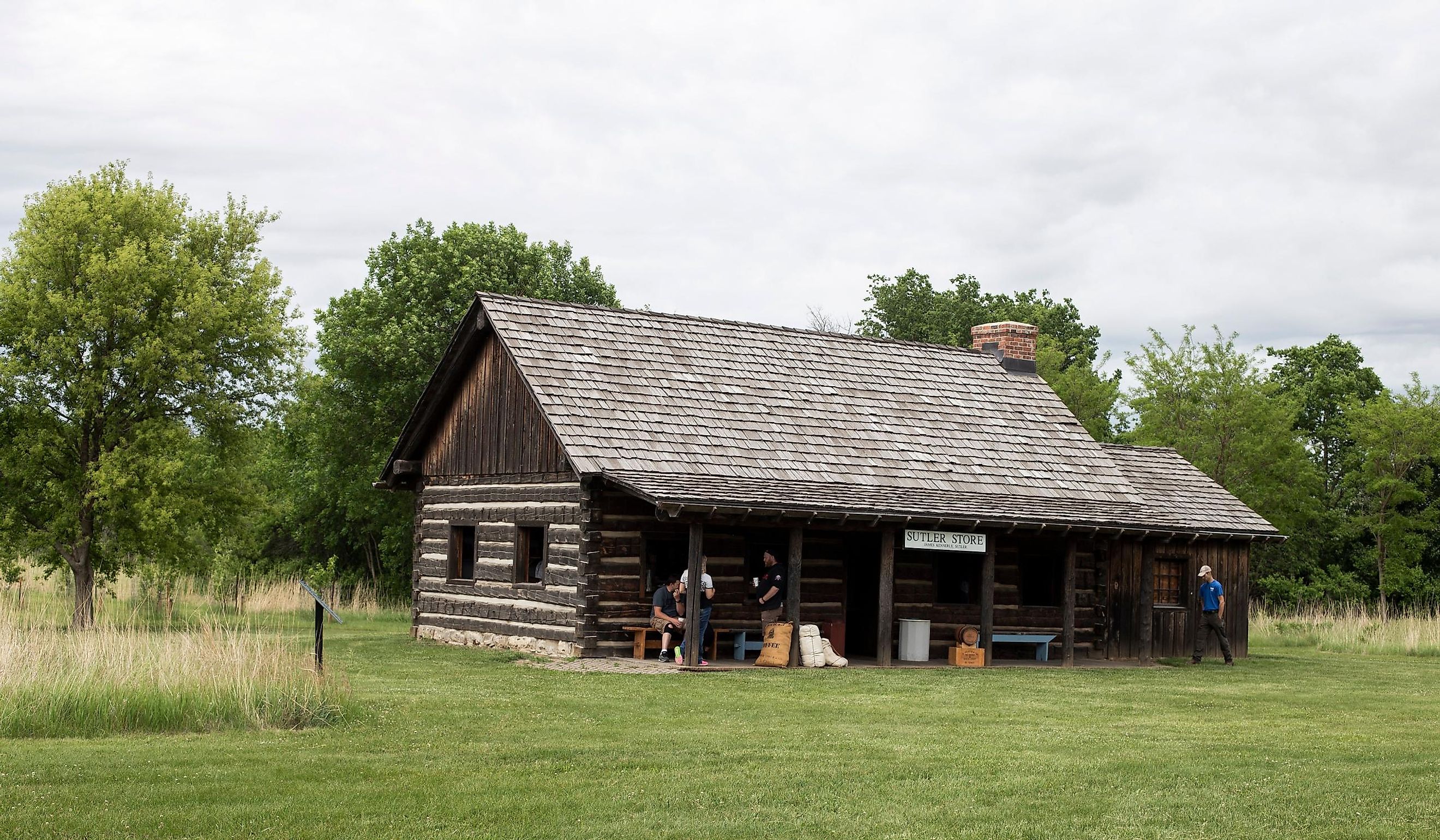
These Historic Towns in Nebraska Are Worth Exploring
Nebraska is often hailed as the Cornhusker State, but it isn't just about endless fields of corn – it's also home to historic towns that tell the story of the days of the American frontier. From the struggles of early settlers to the glories brought by expanding railroads, these historic places grew from the prairie grasses into thriving centers of commerce and community. Nebraska's historic small towns are reminders of the American Spirit, where the role of family and faith helped shape the values many residents have today. So, if you want a nostalgic day trip or a place to build memories and share valuable lessons with your family, take a trip to these historic towns worth exploring.
Grand Island

The small town of Grand Island began as a fur trading outpost in the mid-1800s but quickly developed as settlers moved west through the central part of the state. The city's growth was further fueled by the arrival of the Union Pacific Railroad, solidifying its position as a hub for commerce and transportation. Today, the Stuhr Museum is a living history complex with a working railroad town, gallery, and modern museum. During the summer, many local performers recreate town life, showing visitors everything from dressmaking to blacksmithing.
The annual Sandhill Crane migration brings nearly a million cranes, ducks, and geese to the North Platte Region every spring. The spectacle is a must-visit for bird lovers, and guided tours are available to see the sandhill cranes. There is a public viewing area in River Park, and along the river, there are widened observation points to watch the cranes feeding in nearby cornfields.
The downtown district (Railside) was named to the National Register of Historic Places a few years ago. Today, it has numerous boutiques, restaurants, and even a 1930s historic theater. Try sampling the specialty burgers at Sin City Grill for a quick bite.
North Platte

North Platte sits in the west-central part of the state right along I-80 and is the former home of the legendary showman and frontiersman Buffalo Bill Cody. Visitors can explore the beautifully restored mansion and barn while viewing many artifacts from the Old West. The barn features exhibits on Cody's Wild West shows, highlighting his contributions to the cultural landscape of the late 19th and early 20th centuries.
Another prominent historical attraction is the Golden Spike Tower and Visitor Center near the Union Pacific Railroad's Bailey Yard. This renowned site allows visitors to witness the intricate workings of the world's largest railroad classification yard. The Golden Spike Tower provides panoramic views of Bailey Yard, where nearly 13,000 railcars are processed and coordinated daily. In addition, there are interactive exhibits that delve into the fascinating history of the railroad, showcasing North Platte's pivotal role in the expansion of the American West.
The downtown Canteen District is a recently revitalized area with various shops, galleries, and dining venues. Enjoy hand-dipped ice cream in a waffle cone at Double Dips Ice Creamery on N. Dewey St. Luigi's is the best place for excellent Italian in a low-key setting, and Pals Brewery is a great family-owned brewery only four minutes off of the interstate.
Minden

Minden is a town famous for the living history museum, Harold Warp Pioneer Village. The attraction covers over 20 acres of land and displays an impressive collection of over 50,000 items from America's pioneer days. While walking through the many authentic buildings, log cabins and historic homes, visitors can learn how the town was a stopping place for settlers traveling the Oregon-California Trail.
Downtown Minden Square is just a few blocks south of Pioneer Village and has a variety of shops and boutiques. The Minden Opera House is a beautifully restored cultural gem and a testament to the town's commitment to preserving its heritage. If you need a place to stay, Burchell's White Farmhouse Inn is a lovely bed and breakfast that sits a few miles northwest of Minden.
Outdoor enthusiasts will want to check out the Rowe Sanctuary, about half an hour north of Minden. The sanctuary is a prime location for the annual sand crane migration. Even though the visitor's center is undergoing renovation, this site is a beautiful place to bird watch.
Scottsbluff
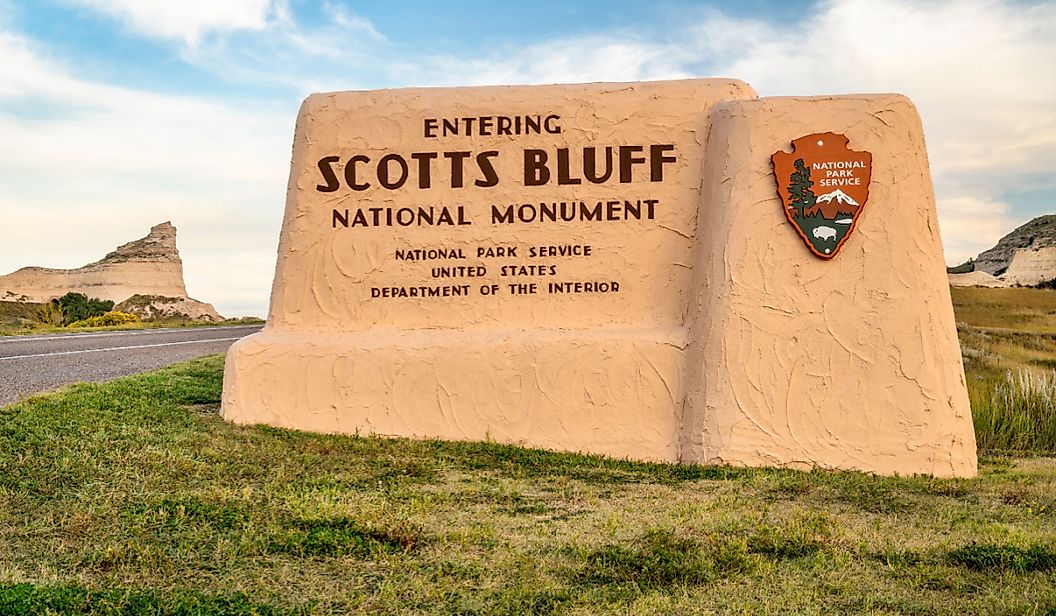
This small town is home to Scotts Bluff National Monument. The bluff, rising some 800 feet above the North Platte River, served as a beacon to settlers as they made their way westward. Today, there are well-preserved wagon ruts grooved into the prairie grasses that are still visible, and modern-day adventurers can walk along the same paths. The visitor center provides a comprehensive overview of the area's history, showcasing artifacts and exhibits that highlight the cultural and natural significance of Scottsbluff. Hiking enthusiasts will want to traverse the Saddle Rock Trail, a strenuous hike of 1.6 miles to the top of the bluff, resulting in excellent views.
The Legacy of the Plains Museum is nearby in Gerring and has an impressive collection of artifacts, farm implements, and historic farmstead structures. For a quirky, casual dining experience, try the Tangled Tumbleweed, a tapas-style restaurant serving excellent cocktails. For a craft beer experience, Flyover Brewing offers a charming outdoor seating area and excellent homemade pizza.
Calhoun
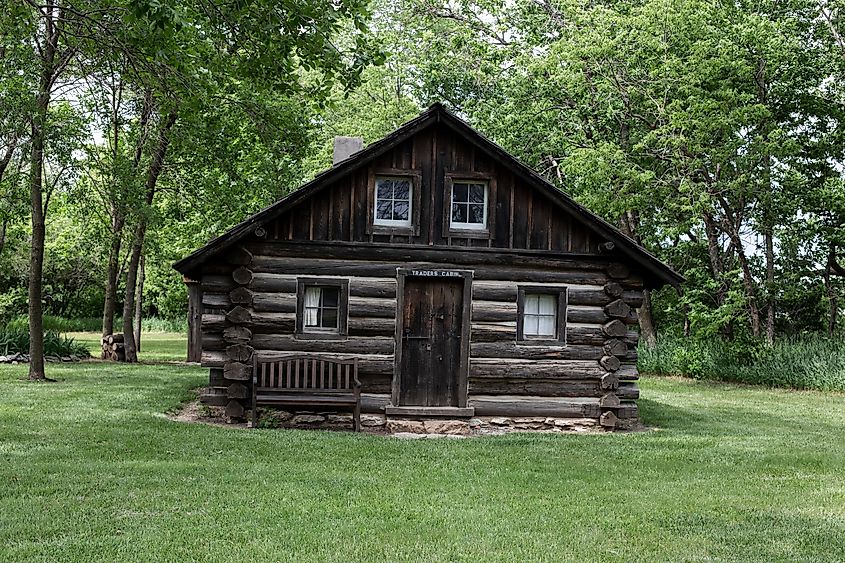
Fort Calhoun exists because of another nearby military fort established in the early 1800s. Fort Atkinson was the first military outpost located west of the Missouri River, and it played an essential role in safeguarding the burgeoning fur trade and maintaining peace among various Native American tribes. Today, the Historical Park has a reconstructed fort, officer's quarters, barracks, and other buildings. Throughout the year, several living history actors portray life as it was for the earlier settlers almost two hundred years ago.
Ft. Calhoun grew into a thriving community, serving as a supply stop for Mormon settlers moving west to escape persecution. The Washington County History Museum is the oldest in the area, exhibiting fascinating displays of Native American and pioneer artifacts.
The downtown district comprises numerous historic buildings, reflecting various architectural influences and spanning several blocks. While many of these buildings serve as shops, stores, and dining establishments, the town's commitment to preserving its historical legacy is apparent. For those who love wine and craft beer, the local favorite is Too Far North. For a more casual dining experience, The Rustic offers home-style cooking and excellent service.
Nebraska City

Nebraska City became a town in 1857 as three smaller towns joined forces to produce one larger community. With its prime location on the Missouri River, the site was vital to the flow of goods and immigrants who continued to move west. Later, following the Civil War, the location became an essential stop for the Underground Railroad, helping slaves find safe passage to the northern states.
Today, the Arbor Lodge State Historical Park stands as the former residence of J. Sterling Morton, the founder of Arbor Day. This stately mansion, built in the mid-19th century, offers a glimpse into the life of the influential Morton family and their dedication to environmental conservation.
The Missouri River Basin Lewis and Clark Interpretative Trail retraces the path of these early explorers with exciting displays and exhibits. Another historical venue is the Kregel Windmill Factory Museum, which showcases the development of windmills as they played a crucial role in irrigating the region's farms or livestock. Be sure to tour the Nebraska City Firefighters Museum for a quaint tour of the history of volunteer firefighters. The tour guides are retired firefighters who can share many exciting stories about the exhibits and equipment.
Numerous older historic homes are located throughout the town, such as the Wildwood House and the Taylor-Wessel-Bickle House. If you are looking for a place to stay, the Lied Lodge at the Arbor Day Farm could be a good option, and it also has a casual restaurant called Timbers. The Keeping Room is a charming downtown dining spot for breakfast and lunch.
Kearney
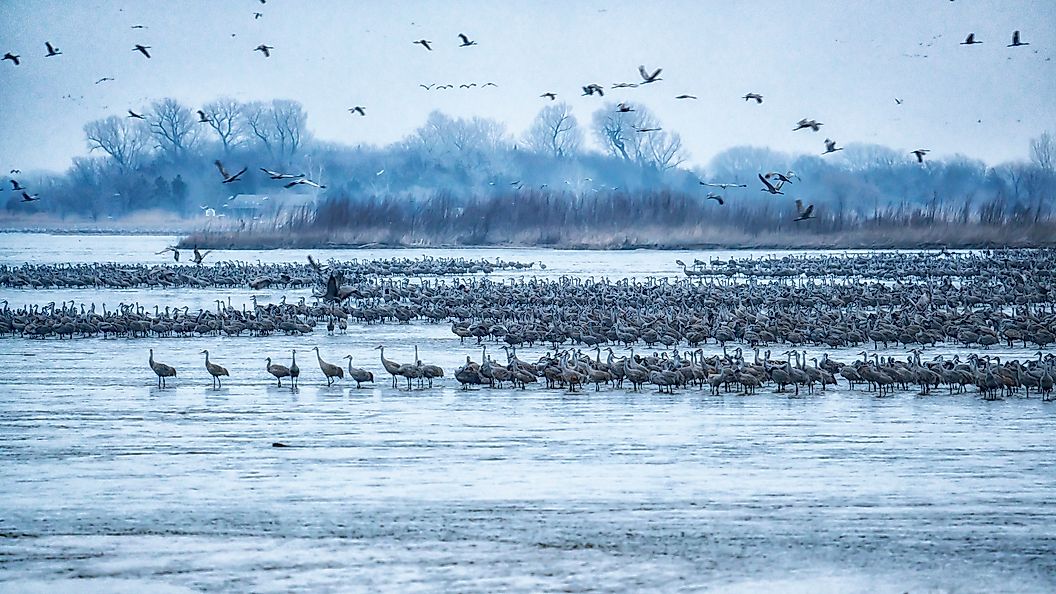
Kearney stands in the central part of the state, seamlessly blending its rich history with modern small-town charm. The military fort began in the 1840s and was built to help settlers or provide protection during harsh winters on the Plains. The Fort Kearny Historical Park houses several recreated buildings representing the old military fort, and the interpretative center is an excellent place to begin a tour of the grounds. The recreational area is nearby, less than three miles from the site of the fort, and it offers plenty of camping, fishing, and hiking opportunities.
The Archway Monument, a striking structure that spans Interstate 80, commemorates the westward migration, serving as a testament to the significance of the Platte River Valley in American history. The Archway combines interactive exhibits and multimedia presentations to bring to life the stories of pioneers, Native Americans, and explorers who traversed through the area.
Another excellent attraction is the Classic Car Museum, with its collection of over 200 automobiles, 1950s gas stations, and other memorabilia. The vibrant downtown district is lined with shops and boutiques. The Toasted Goat offers delicious hand-made sandwiches if you need a place to eat. Several micro-breweries, including Thunderhead Brewing and McCue's Nebraska TapRoom, are worth exploring.
In the heart of the Great Plains, Nebraska's historic towns beckon travelers to embark on a captivating journey through time. Whether touring a historic fort, walking along the paths of early explorers like Lewis and Clark, or admiring the stamina of early pioneers, rich treasures are waiting to be discovered. Don't be surprised if you find the residents offering plenty of warm small-town hospitality, just as they have since the early days of the pioneers. As you travel, you will develop a new appreciation for the spirit of adventure that helped form the Cornhusker State into the place it is today.

